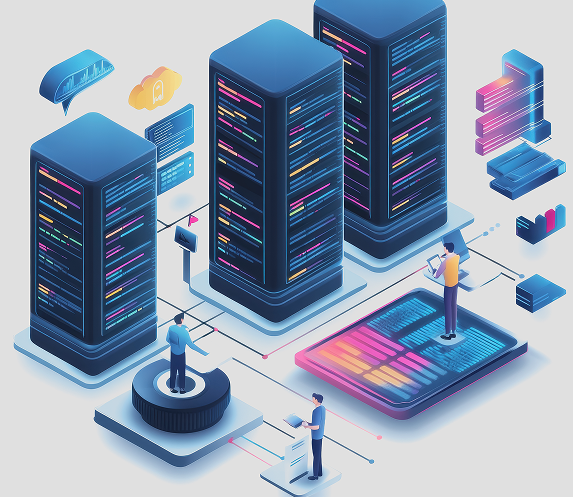SAP UI Masking and Logging are powerful features designed to protect sensitive data and ensure compliance by masking data at the user interface level and logging user interactions. This course will provide participants with a comprehensive understanding of both SAP UI Masking and Logging, focusing on their key features, functionalities, and best practices for implementation and management. By the end of the course, participants will be equipped with the knowledge and skills needed to secure sensitive data effectively within SAP systems.

Key Learning Objectives
By the end of this course, participants will be able to:
- Understand the core concepts and importance of SAP UI Masking and Logging.
- Describe the system architecture and setup of SAP UI Masking and Logging.
- Configure and manage masking policies and rules.
- Implement and monitor masking scenarios and user interactions.
- Configure and manage UI logging settings and rules.
- Apply best practices and learn from real-world case studies for successful implementation.















